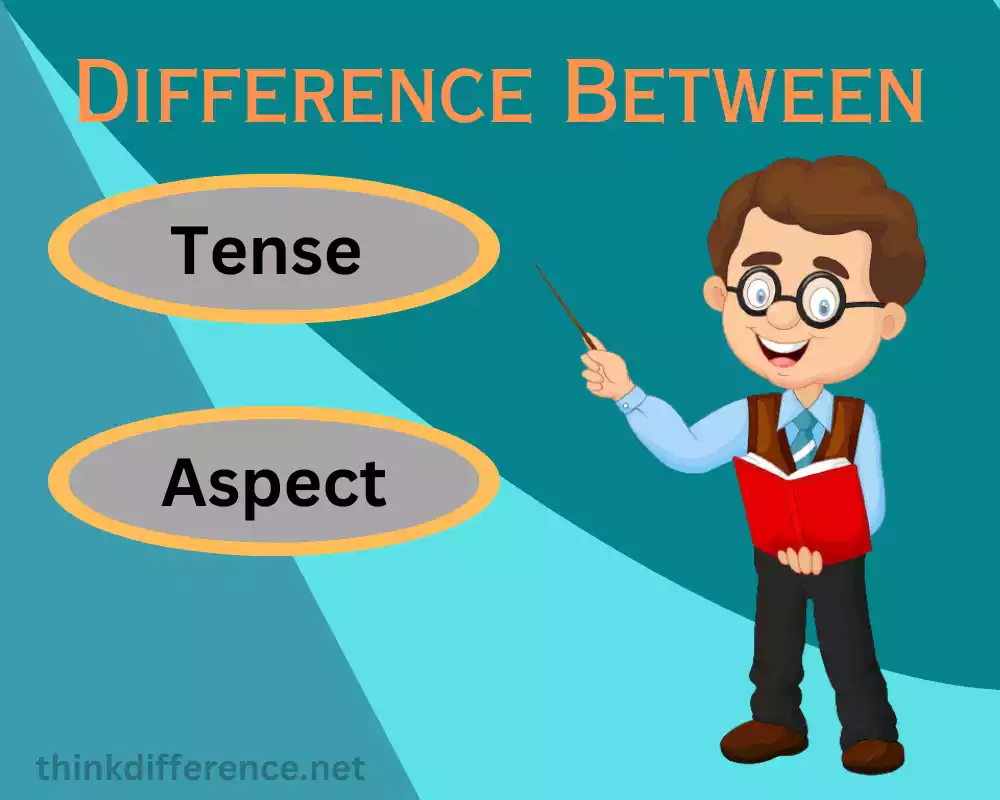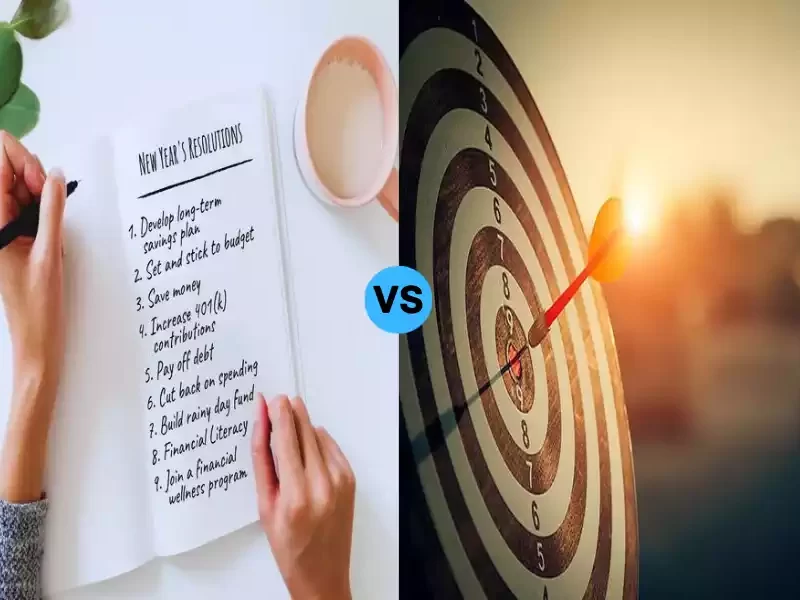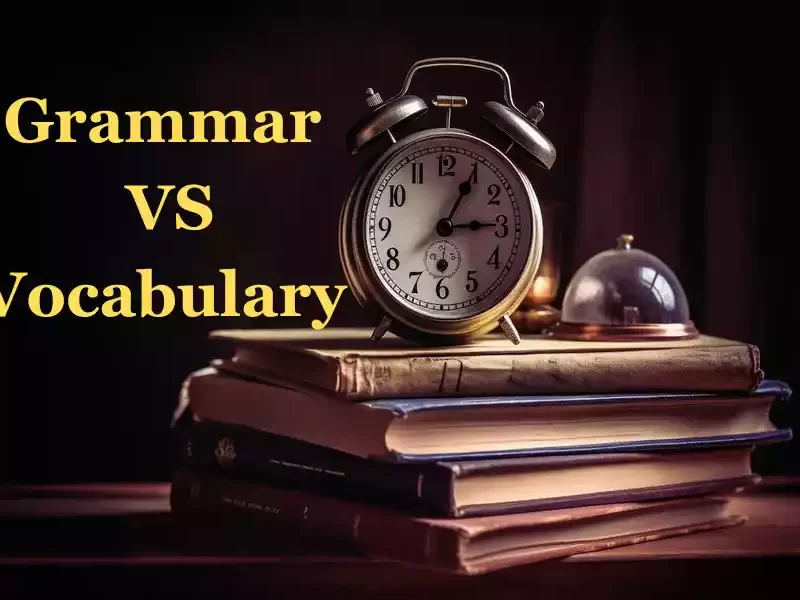Definition of Tense and Aspect
Tense: Tense is a grammatical category used to indicate when something happened or will take place relative to now. Tense can indicate when something has already taken place or will soon take place, including past, present, and future actions or events.
Tenses encompass three timeframes – past, present, and future – each providing unique information regarding when events occurred or will take place.
Aspect: Aspect is the grammatical category that describes how we should perceive certain actions or events – their duration, completion, or continued nature; providing additional details of the internal structure of an event or action.
Aspect is made up of three basic aspects: Simple, Progressive (often known by its alternative name continuous), and Perfect. Each perspective sheds different light onto an action or event.
Tense refers to the timeframe in which an action takes place (Past, Present, and Future) while Aspect addresses how that action will be perceived – simple; progressive; perfect, etc.).
An understanding of Tense and Aspect is crucial
Understanding the distinctions between aspect and tense are fundamental for effective spoken and written communications in all languages, whether spoken aloud or written down.
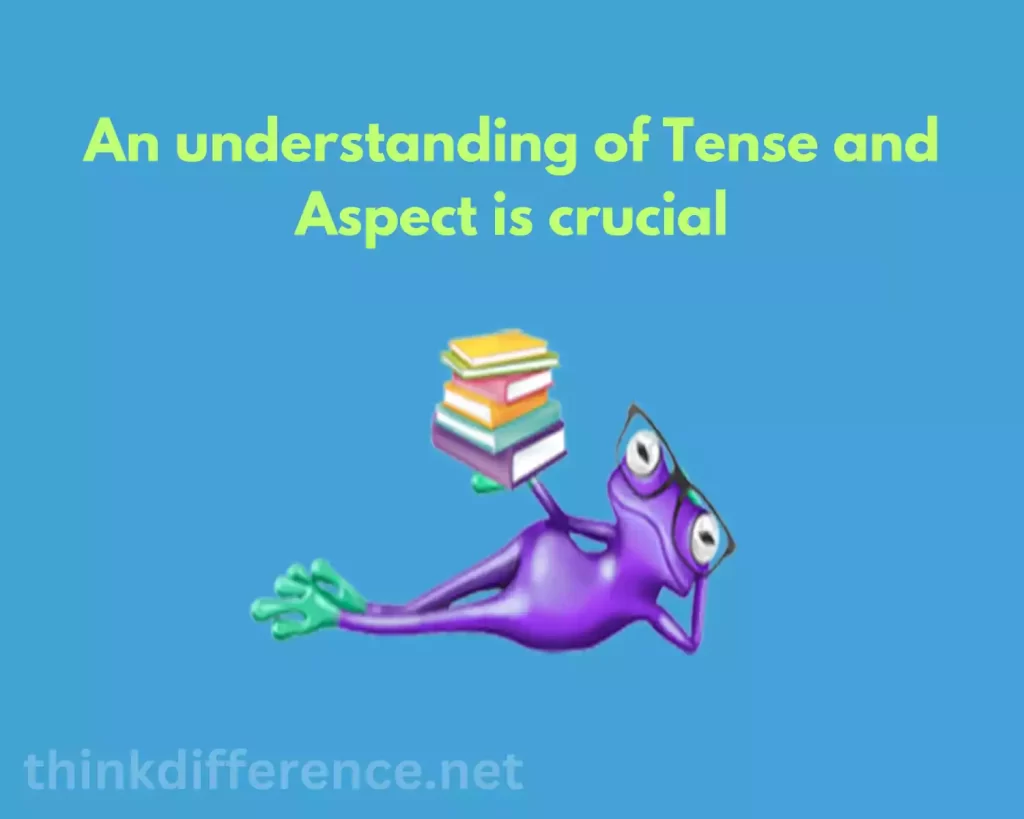
Understanding these key distinctions has numerous practical applications; for instance, they help ensure accurate translation between spoken languages and their written counterparts.
- Clarity in temporal information: Tense and aspect are tools used together to convey accurate temporal details, so understanding their difference will enable you to convey when an event or action occurred, is happening, or will take place (tense), as well as its duration, completion or ongoing nature (aspect). Accurate communications help avoid confusion while guaranteeing your message will be understood correctly by everyone listening in.
- Accurate storytelling and narration: The use of aspect and tense is crucial to accurate storytelling and narration, providing timelines and events as you establish them chronologically and adding nuance with aspects adding depth and dimension to the tale being told. Knowing their respective functions will assist in crafting narratives that are engaging while accurately conveying intended messages to an audience.
- Precision in academic and professional writing: Academic and professional writing requires accuracy; using correct tense and aspects can help express ideas clearly and precisely when discussing research results, describing experiments, or providing factual data. Misuse can cause ambiguity or misinterpretation which must not occur.
- Communication across diverse contexts can be effective: Different cultures and languages often utilize various expressions for tense and aspect, which allows you to navigate your communication style with those from diverse linguistic backgrounds more successfully and convey ideas more precisely while understanding each other’s messages more thoroughly.
- Avoiding Common Mistakes: Many language learners and native speakers alike make errors in terms of tense and aspect, including using inconsistent verb forms or inappropriate tenses in relation to context. You can avoid common tense/aspect errors by distinguishing them. Doing this will allow you to avoid common errors like using inconsistent forms/tenses when relevant; understanding and applying rules regarding them will improve your language abilities further.
Understanding the difference between aspect and tense facilitates accurate communication, facilitates powerful storytelling techniques, provides clarity for academic writing projects and professional articles, and aids cross-cultural dialogue.
Tense
Tense is a grammar concept used to indicate when something happened or will take place about its present timeframe. Tense plays an integral role in verb conjugation as well as sentence structure.
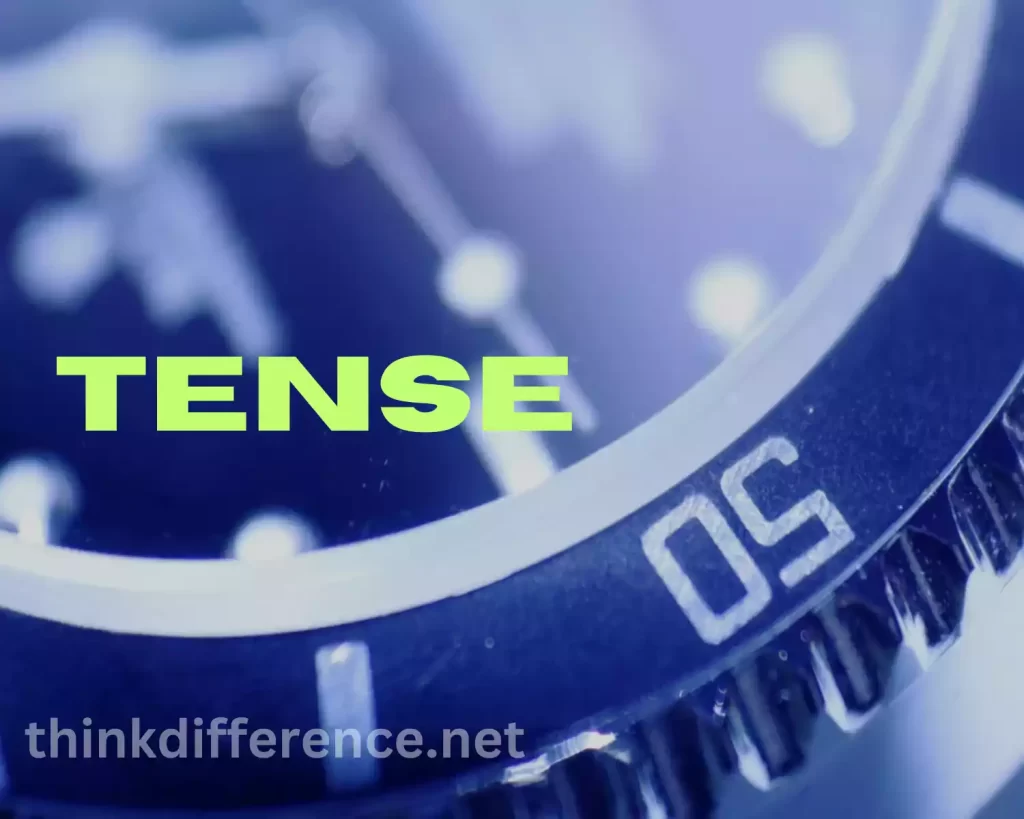
In English, there are three primary tenses:
- Present Tense (or Present Tenses): When used, present tense is used to refer to events occurring now or regularly on an ongoing basis; for instance “I walk to school”, “She likes chocolate”, or “They are playing tennis”. Examples may include these phrases.
- Past Tense: Used to express past actions or states. Regular verbs usually add “-ed”, while irregular ones require specific forms for this tense. For examples: I walked into school; She liked chocolate; They were playing tennis
- Future Tense: The future tense is used to describe actions or states which will take place shortly, often followed by verbs ending in “will” shall”. Common examples are, “I will walk into school”, “She loves chocolate”, and “They’ll play tennis”.
English provides various other forms and tenses, such as past perfect (“She loved”) and future perfect (“They will have played”) tenses; among many other examples: present continuous (“I walk”), past continuous (“She loved”) and future continuous (They will play). Each tense can express different temporal relationships.
Utilizing correct tenses will enable you to communicate accurately the timing and events surrounding an action or event, providing clear communication of dates or actions taken or events occurring. Tense is an integral component of grammar; its usage enables individuals to organize thoughts, describe events or express ideas cohesively and clearly.
Aspect
Aspect is a grammatical term that describes the internal structure of an action or event, in terms of duration, completion, or continuation. By adding nuance and depth to verbs like ‘act’ it provides more accurate depictions of activity.
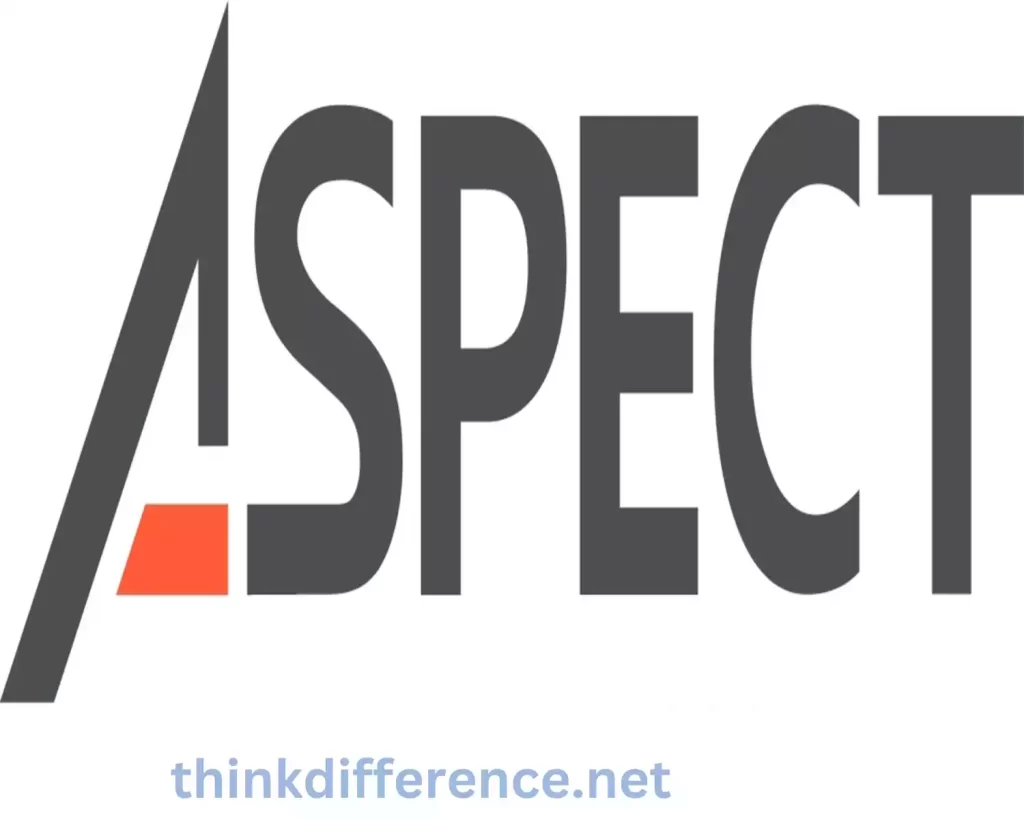
In English, there are three primary aspects:
- Simple aspect: In this aspect, an action or event is presented as a single unit without emphasizing its length or progression; its focus lies on action rather than structure; for instance: I walk to school; she likes chocolate; they both play tennis… This language uses simple past and simple present tenses when depicting this form.
- Aspect progress (also called continuous aspect): This aspect emphasizes the ongoing or temporary nature of an action or event, usually by creating the present participle using “I am walking to school”, “She loves chocolate”, or “They are playing tennis”. The progressive aspect can also be used to describe any event happening now within an arbitrary timeline – for instance, “I am waiting in line outside school”, etc.
- Perfect Aspect: This aspect entails the completion or result of an action at a particular moment in time, signaling its completion before another reference point or its relevance being present at present. A perfect aspect can be formed using “I walked to school”, “She loved chocolate”, and “They played tennis”, examples, respectively. When discussing past experiences or achievements that impact upon present-day realities it is common practice to employ perfect aspect statements as it brings together past actions with present outcomes.
There are many combinations of aspect and tense. For example, the present progressive (“I’m walking”), the past progressive (“She loved”), the future progressive (“They’ll be playing”), and even the present perfect (“I’ve walked”) and past perfect (“She has loved”) and future perfect (“They’ll have played”.
You can describe actions in a more nuanced way by emphasizing the ongoing nature of an action, its completion, or their temporal relationship. This adds clarity to your communication and depth to the language. You can use the correct aspect to convey the intended meaning and context.
Comparison Table of Tense and Aspect
Here’s a concise table highlighting the key differences between tense and aspect:
| Feature | Tense | Aspect |
|---|---|---|
| Definition | Indicates the relative time of an event/action about the current moment. | Information about the internal structure and organization of a specific action/event. |
| Focus | When an event or action occurs. | The way an event or action is perceived. |
| Time is a factor. | Past, present, future. | No inherent time differences; can be combined in any tense. |
| Purpose | Establishes the relationship in time between events/actions. | Adds nuance and depth to the description. |
| Example | Past: “I walked.” | Simple: “I walk.” |
| Present: “I walk.” | I am walking” is a progressive statement. | |
| Future: “I’ll walk.” | Perfect: “I’ve walked.” | |
| Use | Indicates the time of an event/action. | Information about the duration or nature of an event/action. |
| Combination | Aspect can be used with different tenses. | Tense can be used to combine different aspects. |
| Verb forms | e verb forms vary depending on the tense. | The aspect is usually expressed using auxiliary verbs or verb forms. |
Epilogue
Understanding Tense and Aspect is fundamental to becoming a proficient English writer. These elements enable us to express time, sequence, and the nature of actions in our writing, contributing to clarity and coherence. By mastering tense and aspect, writers can captivate their readers and create compelling narratives that leave a lasting impression.

